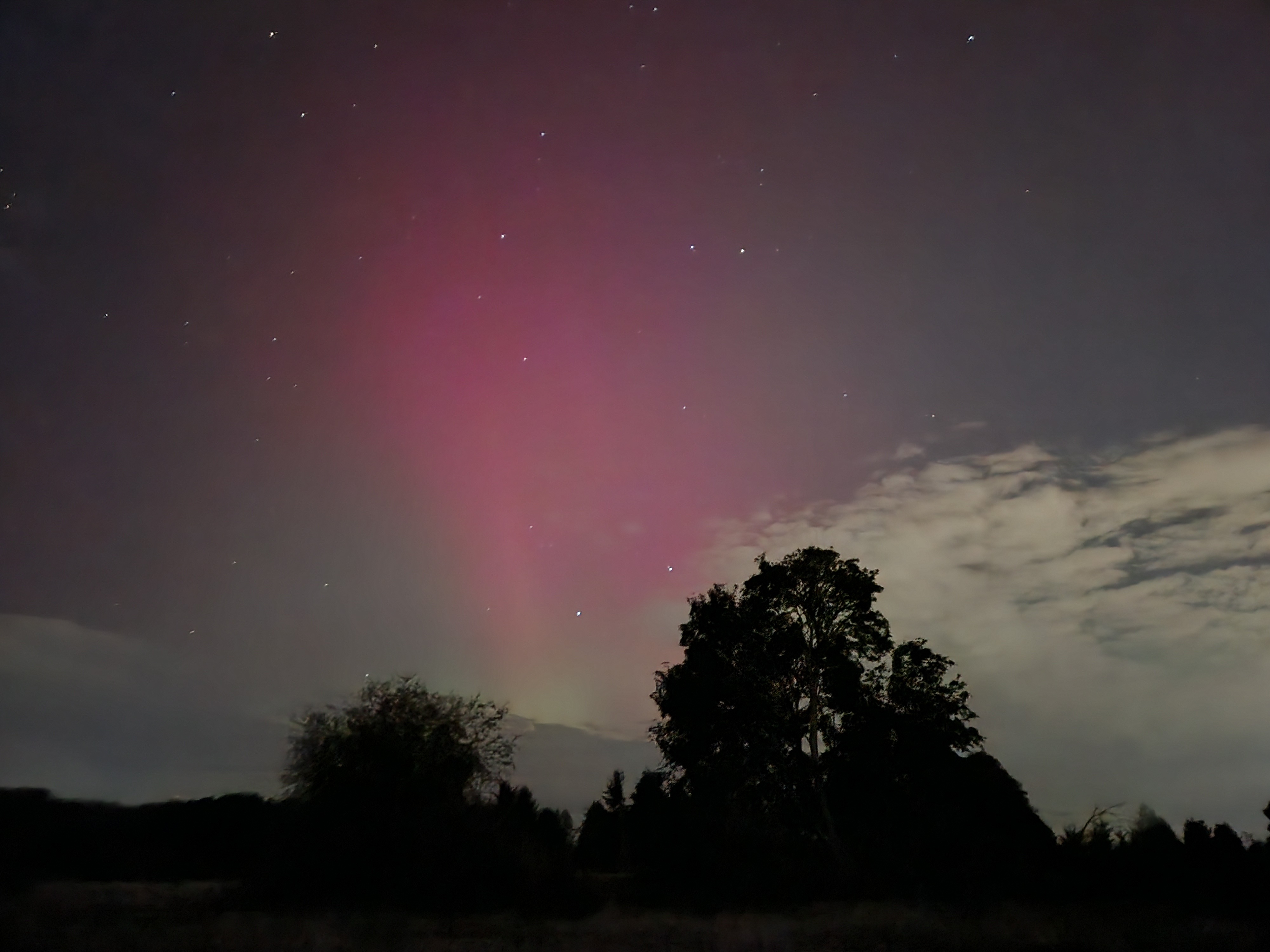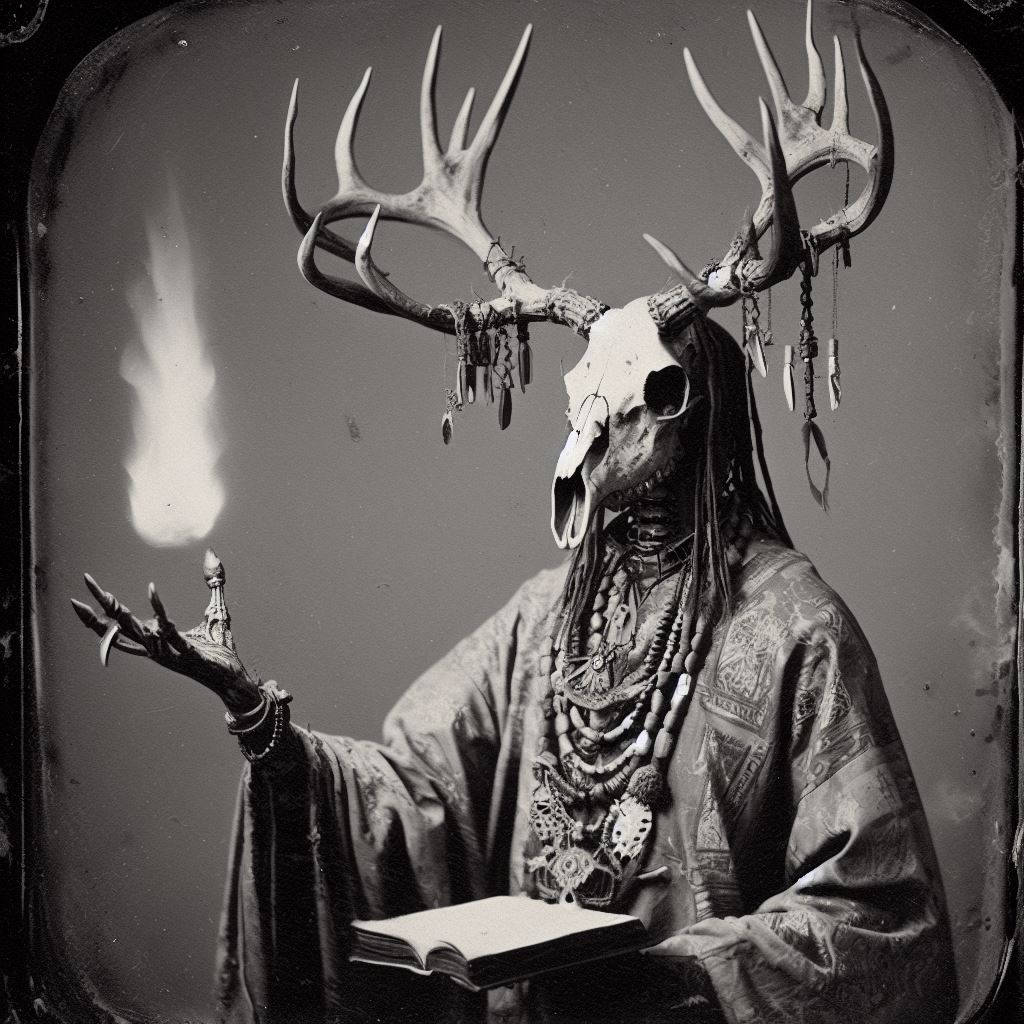For those who don’t know, there is a big solar storm tonight. Btw, where approximately were these pics taken at?
Canadian prairies
deleted by creator
We’re currently at solar maximum, which means we’ll be getting the most solar storms for the next few months, then they’ll start tapering off before the next solar maximum around 2035 (it’s roughly an 11 year cycle; they’re not entirely sure why, but this one is a few months early). FWIW, here are my aurora links:
Dark Site Finder: shows you where there’s historically more or less light pollution, so you can try to find a better viewing area. https://darksitefinder.com/map
NASA’s Space Weather Center: this is the link to their aurora dashboard page; you can also open up their animated prediction map, to help you figure out if you’re likely to be able to see it in your area. https://www.swpc.noaa.gov/communities/aurora-dashboard-experimental
Space Weather Live: a site with more data, useful if you know a little about what you’re looking for. It includes a helpful moon-phase indicator, because I always forget that’s something you may need to account for, depending on where you live. https://www.spaceweatherlive.com/en/auroral-activity/.html
National Weather Service: enter the place you’re thinking of viewing from then, on the results page, click on “hourly forecast” to see how likely it’ll be to have cloud cover, rain, what temperature it’ll be, etc. https://www.weather.gov/
Aurora Borealis Forecast: has a nice predictor saying things like
in 1 minutes, the Geomagnetic Activity level (Kp number) will be 8 – at STORM LEVEL! in 9 minutes, the Geomagnetic Activity level (Kp number) will be 3 – Active.
Those are the actual current numbers. If it’s cold where you are, you don’t necessarily want to be outside all the time (though if you’re in a marginal area, staying outside will help your eyes adjust and you’ll see better). I’m around Kp-7, so I can hang around outside for a few minutes, and when it fades, I can go inside for warmth or at least stop staring at the sky for a bit, then pay attention when it perks back up. They also have a 3-day predictor (less accurate the further out it is). You can also pay for their aurora alert service, if that’s of interest. https://cdn.softservenews.com/
Google News Alerts: Or you can sign up for a Google News alert for things like “solar storm”, “Corona mass emission”, CME etc - those are the things that create the aurora on earth 24 to 48 hours later. (You can set the frequency of the alerts; I’d suggest once-per-day.) That’ll give you enough time to figure out if the weather and moon are likely to cooperate. As it gets closer, you can check NOAA and SoftServeNews to see if it’ll be viewable in your area, and Dark Site Finder to find the best area to view from (I have different areas, depending on how strong the storm is vs how much time I can afford to be away from home). https://support.google.com/websearch/answer/4815696?hl=en
Happy aurora hunting!
Do you have a site that removes clouds in your local area?
… do they make those now?
I wish!
Saw them in my city in BC for the first time last night, was very cool. Got a few long exposure shots that turned out pretty well - they are on my wife’s phone however, so I can’t share.
We looked, but unfortunately a cloud layer rolled in. We did see them the other night, though!

Very nice. First one looks kind USS Enterprise in warp





